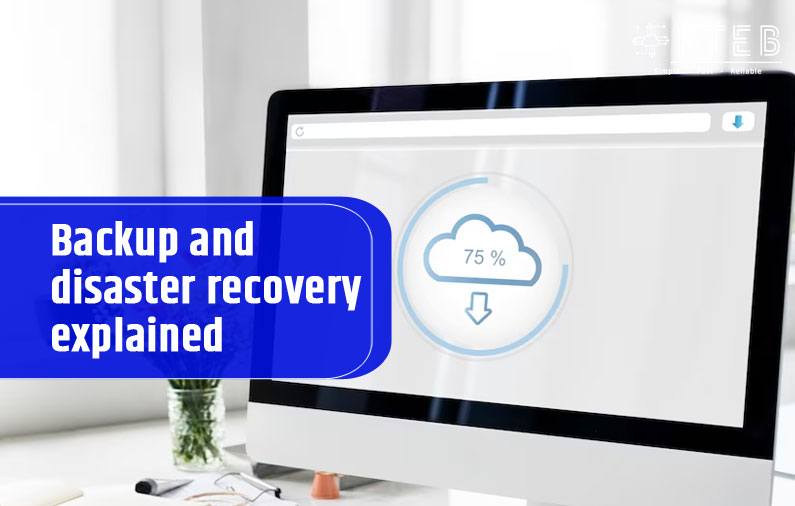
Having suitable data backup to cope with disaster recovery is a common thing to happen. Businesses are operating 24/7, and businesses cannot afford any interruption in their maintenance. This is where IT company service can offer timely backup and disaster recovery solutions for smooth business operations.
Data loss can happen due to hacking or natural disaster. Organizations may face extreme condition and often fails to recover them due to a lack of timely backup procedure. How to safeguard your company’s vital data from any catastrophic loss?
It triggers the need for the service of disaster recovery Dubai and transferring data to a cloud system. It can secure valuable assets and company data. Not all disaster recovery services on the cloud are expensive. With this, a business need not worry about sudden data loss and recovery process and instead focus on the core business activities.
What is the Need for Backup and Disaster Recovery?
The concept of disaster recovery and backup are not the same. Backup is about creating one extra file copy and storing them in one or more places to avoid the chance of missing. The copies can help resume business operations even when problems like data corruption, damage, natural disasters or cyberattacks occur.
Whereas disaster recovery is the plan of quickly using the copy file and accessing it with other resources after a disaster. And this plan may require searching for the files from cloud storage until the primary storage space is functional to access.
Consider Disaster Recovery as a Service (DRaaS)
The service is a suitable approach to manage disaster recovery of data. Here, a third-party host will manage the infrastructure that helps recover. The DRaaS offers tools that help manage the recovery and help organizations to process data easily after loss or damage.
Organisations often approach an IT service company for adequate disaster recovery solutions. It is important to consider some factors to ensure the recovery process goes correctly.
The disaster recovery solution is about well-thought planning. Experts should complete the backup and recovery tasks for the business. Begin with an objective plan, including recovery time objective and point objective.
- RPO – It is when data can be out of sync following a data loss disaster, and the data is in the right place to be able to use it.
- RTO – It is the time within which its time to recover data before a disaster impacts a business severely.
Once RTO and RPO are set, it is necessary, to begin with the recovery plan. It should be more than a simple backup process. The backup can help meet the RPO. Besides, tools are necessary for timely data restoration. This can further help meet the RTO goals.
This is when managed backup service can help with the recovery procedure. The right backup solution can help quickly recover when an organisation faces data loss. Professionals of IT service companies can help with the backup solution. It can save effort and time to carry out the backup and offer easy access to the cloud data.
Therefore, disaster recovery is the cybersecurity framework to maintain continuity in business operations after a security disaster.
Disaster Recovery and Backup – Which Solution is Vital?
A robust backup process can sometimes protect a business’s infrastructure and data from damage or loss. However, it is possible when files aren’t part of core business operations. A single device like a mobile or a PC is unlikely to impact business operations. But data backup and recovery become urgent when a business depends on that data for daily needs. It is important to protect the data and its server and calls for backup in the cloud services.
Choose the right service solution provider who can help beyond fixing the performance problem of an application. It requires fast data recovery to facilitate business operations in the event of sudden data damage or loss.
Advantages of a Business Having Backup and Disaster Recovery
- High-Level Security
A vital aspect of backup and recovery is security. Companies with vital data will experience high threats. Data saving and backup become necessary and ensure no data loss even when there are sudden threats.
- Reliable Data Replication
With data replication, data can withstand disaster or loss. Having a reliable backup solution can assure smooth recovery and quick accessibility.
- Ease of Management
Restoration of lost data can be challenging and involves huge costs. But a suitable backup and recovery plan can offer ease of management.
However, all these can lower the impact on business performance and ensure data is safe to use, no matter the chance and size of loss or threats.